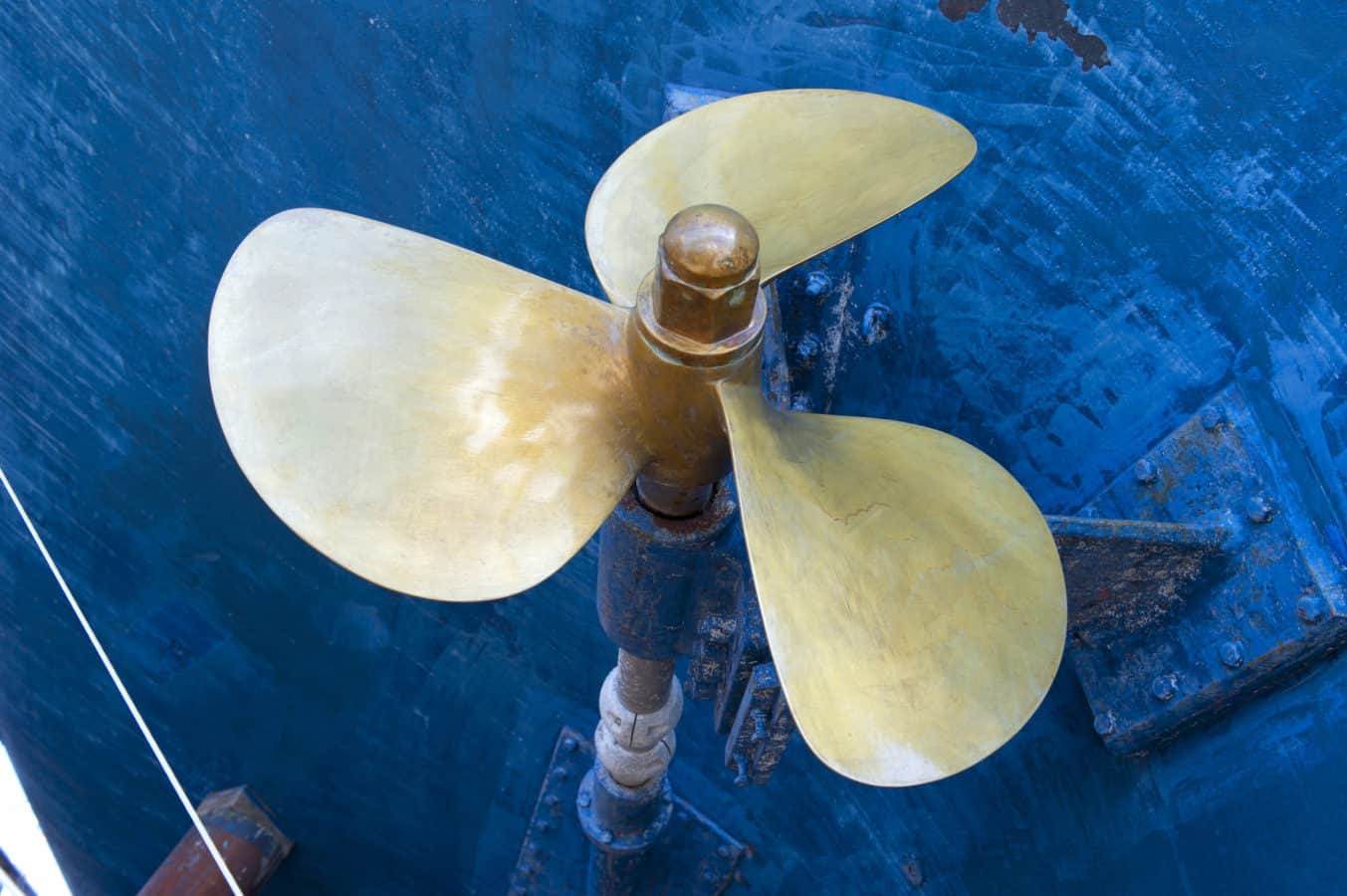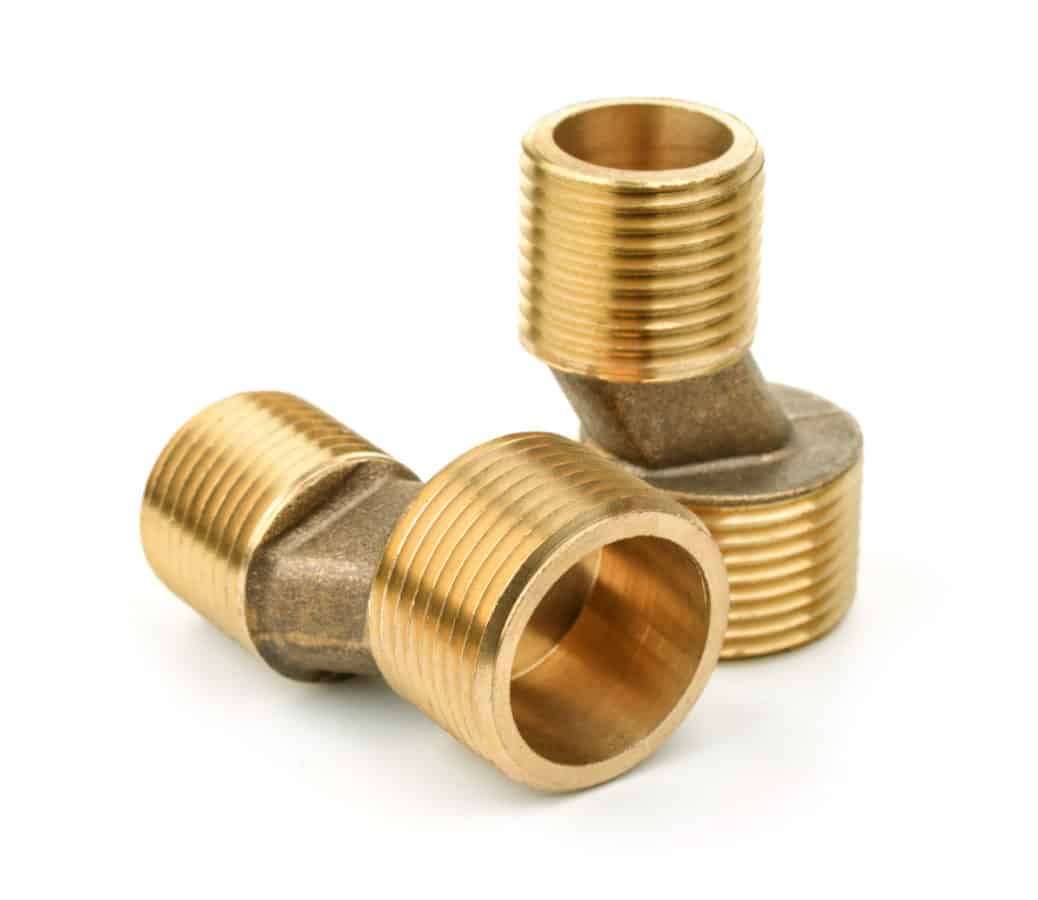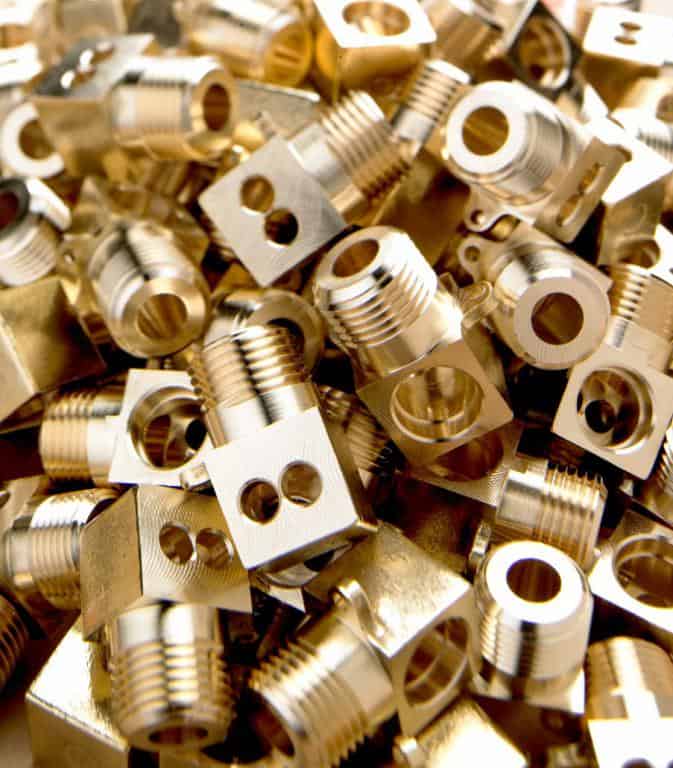

Electro-chemical electro-polishing or polishing is a treatment that allows you to selectively remove the base metal by anodic dissolution, exploiting the passage of an induced current within an electrochemical system.
The product to be polished, which is the anode, is immersed in a special treatment tank, equipped with cathodes, which represents the real electrochemical cell.
The technical operating conditions are established according to the type of material to be polished taking into account the technological level of the electrolyte.
A highly viscous film with high resistance is formed on the surface of the article subjected to anodic current. This film allows a slow ion diffusion inside, protecting the surface. The thickness of the anodic insulating film is maximum in the inlets and minimum in the protrusions, this causes selective controlled corrosion of the surface, making it progressively smoother.
The electrochemically polished surface with Group Chemical Research Technology is therefore specular and macroscopically clean, smooth and compact in the field
micro.Chemical Group Research Technology for electrochemical polishing has the following advantages:
The term pickling means a chemical process for removing metal surface oxidations. In the case of copper, pickling is necessary in order to effectively remove the layers of surface oxides that form on the surface, either as a result of heat treatments or due to corrosion. In addition to bringing the metal back to its original color, pickling is indispensable if subsequent treatments are required (galvanic processes, painting, etc.). The pickling process can be carried out either by immersion in a special pickling liquid or by applying a gel directly on the surface to be treated. In both cases, careful washing with water is necessary. After the pickling treatment the surface is very reactive, therefore it is necessary to protect the surface with suitable passivation (corrosion inhibitors) or with chromic conversion.

Degreasing on copper products is performed in order to remove oily residues and dirt on the metal surface. This operation is necessary where processing such as welding or painting must be carried out. Normally degreasing on copper products is carried out with surfactant alkaline solutions which are able to remove both dirt and oily residues. This operation is generally carried out in a washing tunnel in which the product is sprayed hot on the surface to be treated.

Copper and partly also its alloys have a strong tendency to brown in contact with air and humidity. If you want to preserve the surface from the above oxidation, you must treat the product with a suitable passivation. Passivation for copper and alloys is basically of two types:
Passivation by means of corrosion inhibitors: the corrosion inhibitors bind to the metal surface making it inactive towards the environment. This process is carried out in special treatment tanks designed by us; in fact, to obtain an optimal result it is essential to constantly monitor the operating parameters.
Passivation by means of surface protection: In this case, a suitable product formulated by us is applied to the metal surface which prevents oxidation of the copper and its alloys by isolating it from the surrounding environment. This treatment can also be performed after the previous one to further increase the resistance to oxidation.
